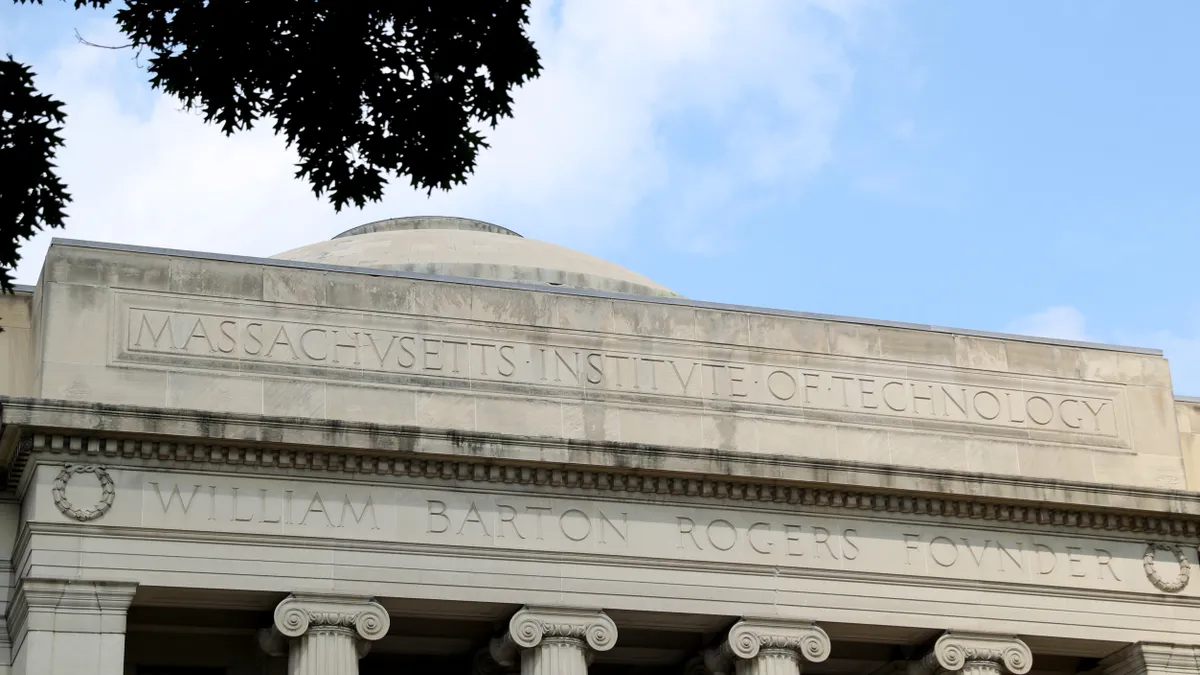Dive Brief:
- The University of California, Los Angeles raised $5.49 billion in its latest fundraising campaign, surpassing its goal by more than $1 billion.
- The campaign, which ran from May 2014 to December 2019, attracted more than 574,000 donations, the majority of which were under $1,000, according to a university announcement.
- UCLA's campaign marks one of the biggest institutional fundraising hauls yet, particularly for a public university. It comes as schools turn to donors for help offsetting rising student costs as state support slowly recovers.
Dive Insight:
Dozens of colleges are attempting fundraising campaigns with goals of raising $1 billion or more, according to records kept by the Council for Advancement and Support of Education (CASE).
Several of these pushes have ended recently, including a $7.16 billion campaign at the University of Southern California that beat its target by about $1 billion. Harvard holds the record for the largest campaign, at $9.62 billion, which closed out in 2018 more than $3 billion above its original mark.
While private universities crowd the top of the list of the biggest campaigns, public institutions are making their way up. The University of Washington raised $5.9 billion toward its Be Boundless campaign as December 2019, according to its website. And the University of Michigan wrapped up a fundraising effort in 2018 that brought in $5.28 billion.
Other public universities have ambitious targets, according to CASE, with several aiming for at least $4 billion: the University of Minnesota, the University of Colorado, Texas A&M University, the University of North Carolina, Ohio State University, the University of Virginia, and UC San Francisco.
Public institutions have been fundraising for years, but their efforts have escalated, Brian Flahaven, senior director for advocacy at CASE, told Education Dive.
That's partly a response to lower levels of state funding, as institutions seek additional money for scholarships, research and academic programs, he added.
The value of gifts to colleges and universities reached a record high of $49.6 billion in 2019 according to CASE's latest annual Voluntary Support of Education (VSE) survey.
Across all public institutions surveyed, the value of gifts rose just 1.4% year-over-year — compared to a 10.6% increase among private universities.
Giving to public research/doctoral universities rose 3.5% for the period, versus 0.3% at public master's institutions. Public baccalaureate colleges saw an outsized gain of 29.5%, though it was driven by two institutions — the United States Military Academy and the United States Air Force Academy.
Campaigns may have benefited from a new tax law that potentially encouraged some donors to push "several years of contributions" into 2017, which would count toward the 2018 fiscal year, the VSE report notes.
"It's good that giving is up, but it should be up by a lot more given economic growth that we're seeing in the U.S. economy," Flahaven said.
The tax law "definitely had a bit of an impact" on individual giving by pushing some high-middle and middle-income donors into taking the standard deduction, he said. This may be causing those donors to give larger amounts every few years rather than smaller amounts annually.
An increase in the use of donor-advised funds, a form of bundling, could indicate that behavior is already happening, Flahaven said. Donors can contribute enough to such funds one year in order to be able to itemize their tax returns, and then make gifts from it in subsequent years when they claim the standard deduction, the VSE report explains.
"There's always a danger when you have a big gift one year and then you don't give for a couple of years because things can change," Flahaven said. "Your interests may change, you may not feel as connected to the institution, there may be something else you decide you want to support."
However, particularly for young or new donors, "keeping that connection every year" is important, he said.
In its announcement, UCLA said the funds were used to support scholarships, fellowships and new facilities. The university highlighted new financial support for students in fields including STEM, dentistry and public health, as well as for students from middle-income families.









